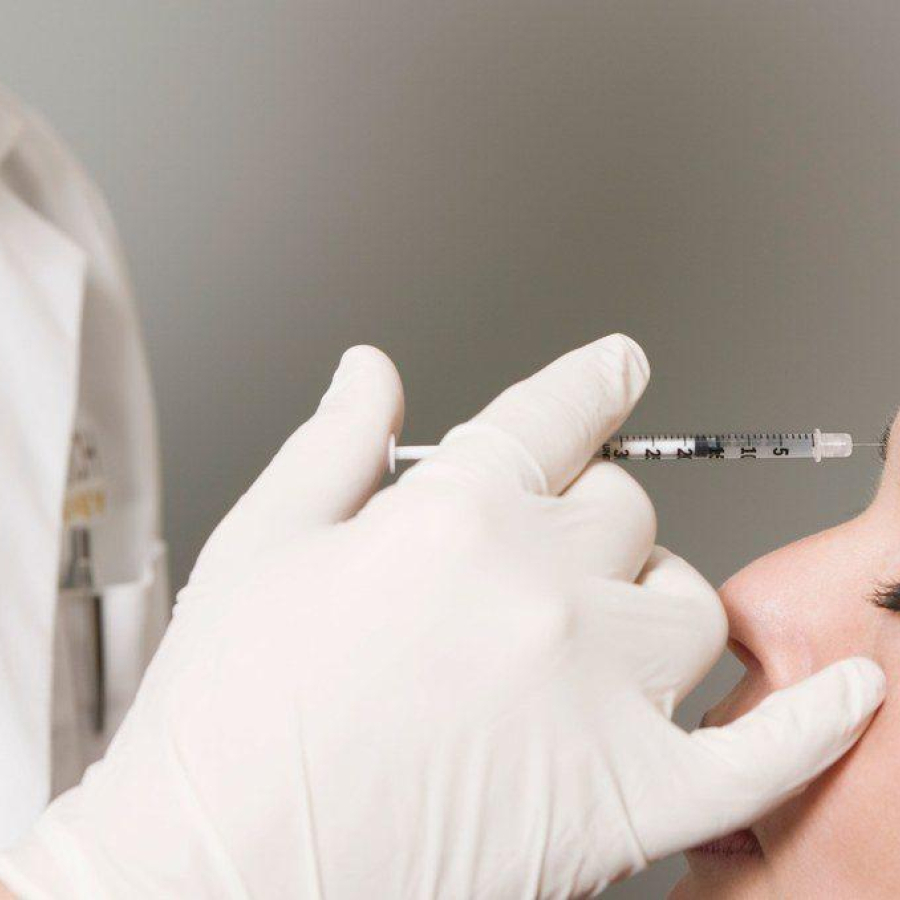
Legal
Second California Law That Affects MSOs Passes
California has now passed two laws that will have an effect on how investors, health care entities and management services ...

Show your committment to patient safety, legal compliance and community over competition.
AmSpa members receive preferred pricing on all AmSpa live and virtual trainings.
Get the latest news and information about safe, legal practice in medical aesthetics directly in your inbox.
Get access to med spa laws, in-person and online training and more!
Posted By Madilyn Moeller, Monday, April 4, 2022

By Patrick O'Brien, JD, Legal Coordinator, American Med Spa Association
When opening a medical spa, consents and intake forms are sometimes treated as an afterthought. Far from it—these documents are actually among your most important and most frequently used items, so they deserve a bit of attention. Let's look into what this class of documents is trying to accomplish and what makes them important.
Collectively called "intake forms," these are the initial set of information and authorizations that you will need from each new patient, including the patient's contact information, initial medical histories, HIPAA disclosures and privacy statements. These are often carryover forms from more traditional medical practices. While medical spas are also medical practices, they have different needs and aims. For one, medical spas typically don't accept insurance. However, many of the "payment responsibility" forms used in medical spas are built under the assumption of the patient agreeing they are responsible if insurance doesn't provide reimbursement. Obviously, that doesn't make a lot of sense in this setting, and the document used in medical spas should be tailored to the payment methods they actually use.
Another area where there is a large difference in needs is in social media and photo usage. Engaging with patients and being able to show treatment results are important parts of marketing and building your patient base. However, patient privacy is still of paramount importance. Photo and social media consents are critical in addressing these two competing interests.

You have probably spent significant time choosing paint, furniture and décor to get just the right ambiance for your medical spa. The paperwork you have new patients fill out can go a long way toward helping or hurting that carefully crafted image. These documents are some of the first interactions you have with your new patient: you don't want to frustrate people the second they step foot in your business by asking for their Social Security numbers (SSN) or birthdates on six different forms or by collecting information you will never use. Similarly, you want the patient medical history forms to ask information that is important to your practice; for example, there may be a question about smoking, but you may want to know more than just a "yes" or "no." Likewise, you don't want these initial intake documents to be blurry Xeroxes of the same forms used at the urgent care clinic. That's why it is important to have this package of forms tailored to your needs with a consistent look and voice. There is no need to reinvent the wheel, so using a template form is fine, but every piece of paper you use should reflect your medical spa's style.
Consent forms are much more than the patient simply "signing off" to receive the treatment—they are the recorded evidence of the patient giving their "informed" consent to the treatment. Giving the consent is the result of a two-way conversation between the patient and the medical provider. Technically, giving informed consent doesn't require paperwork at all. (Note that there are a few states that require written consents in some circumstances.) However, having the document of what was discussed and explained in the patient record is the easiest way to prove it happened. The idea of informed consent is that the patient has all the pertinent information regarding risks, complications and chances of success to make an educated ("informed") decision about what happens to their body. The practitioner's role is to educate and put this important information in context so the patient knows what they are agreeing to. In that regard, the document should be written in plain, non-medical language and be frank and accurate about the associated risks and complications. If complications are rare, that context is important to add but should still be accurate. Your patient should not be surprised if they experience an issue, even a very rare one.
Too many consent documents read like sales brochures touting the benefits, painlessness or lack of complications of a procedure. Informed consents should not try to "sell" the treatment to the patient. Not only do these types of documents not fulfill their purpose, but they also create additional liability for the practice should anything go wrong. A patient who has a bad allergic reaction may sue, saying if they had known of those risks, they would have never had the procedure done. Maybe you did inform them of this risk verbally, but your informed consent form doesn't mention it and instead touts the amazing benefits and safety of the procedure. That isn't an ideal position to be in.
Both your patient intake forms and your treatment consent forms are used every day in your medical spa. They both serve important legal functions and are obvious areas where patient satisfaction is influenced. It therefore seems prudent to spend a little bit of effort to make these documents "good" or "great" rather than acceptable. Forms that have been photocopied until they are grainy are not going to win you any points. You want the documents you use to be in the style of and reflective of your medical spa. That doesn't mean that you need to create all these forms from scratch. Using existing documents or templates to start with is excellent, but it is important that you make them your own.
There are many sources and versions out there, both good and bad. AmSpa offers consents, intake forms and other common documents that can provide a good foundation to build on—incorporate them into your medical spa today.

Related Tags
Medical spa news, blogs and updates sent directly to your inbox.

Legal
California has now passed two laws that will have an effect on how investors, health care entities and management services ...

Legal
A newly passed law in California will prohibit certain contractual provisions between medical and dental practices and private equity groups ...

Legal
By Patrick O'Brien, General Counsel, American Med Spa Association (AmSpa)The September bulletin from the Texas Medical Board (TMB) helps to ...

Legal
By Patrick O’Brien, General Counsel, American Med Spa AssociationOn September 23, 2025, the Alabama Board of Medical Examiners (BME) issued ...